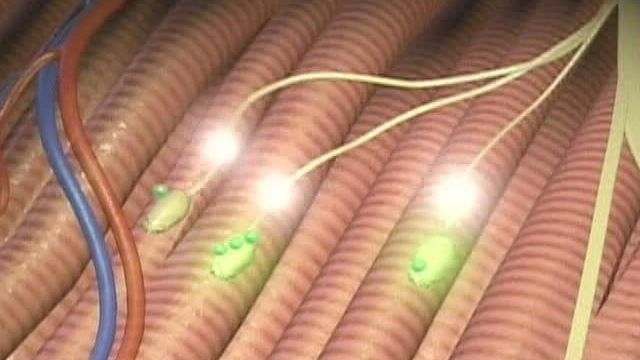Health Team
Botox Gives New Hope to Stroke Survivors
Botox is for more than just smoothing out wrinkles. It's being used in a surprising new way.
Posted — UpdatedWEST ORANGE, N.J. — Botox is for more than just smoothing out wrinkles. It is being used in a surprising new way.
A stroke seven years ago did not take Edward Rosa's life, but it did leave him disabled. However, he is fighting back.
"I didn't want to spend my life in a wheelchair," he said.
Like four in 10 stroke survivors, Rosa has disabling spasticity. The brain-to-muscle connection is blocked, but neurons still fire and cause muscles in the hand and foot to clench.
Rosa tried medication, acupuncture and bio-feedback , but nothing worked. Then, he tried Botox as a muscle relaxer.
"For a period of months, it will cut the connection between nerve and muscle in the area injected," said Dr. Elie Elovic, of Kessler Medical Rehab Research.
"It's a tool. I can't stress that enough," Rosa said. "Botox is a tool. It enables you to exercise and to function."
In a study of 279 stroke patients, almost half saw improvement with Botox. Until Botox, Rosa could not take the cap off a pen and write. Now, he does not need a wheelchair anymore, and he can even drive.
Rosa said he is still in physical therapy four hours a week, but he exercises on his own and is doing much better.
"You don't have to be a burden to your family," he said.
Oral muscle-relaxer medications can have side effects all over the body. So far, Botox has few drawbacks except for possible muscle weakness, flu-like symptoms, headache or possible allergic response.
• Credits
Copyright 2024 by Capitol Broadcasting Company. All rights reserved. This material may not be published, broadcast, rewritten or redistributed.





